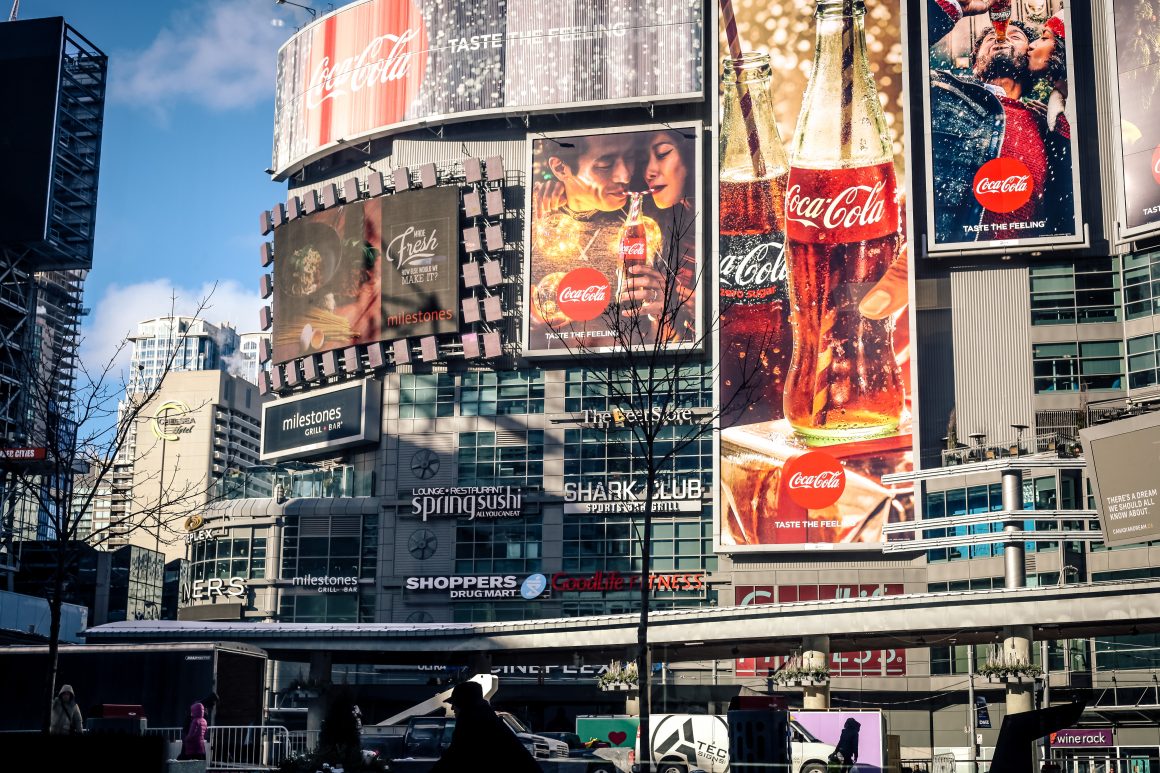
Keep bystander effect in mind when witnessing acts of injustice in public
By Mariah Wilson, January 15 2018 —
When I traveled to Toronto, I was looking forward to seeing Canada’s largest urban centre for the first time. Armed with my camera and a strong sense of wanderlust, I was excited to explore the vibrant communities and beautiful architecture that Jane Jacobs worked to preserve throughout her career as a writer and activist. But my mood shifted at Dundas Square — one of the busiest pedestrian areas in Canada — when a man tried to steal my camera from me after barraging me with insults. No other pedestrians stepped in to help.
This is often referred to as the bystander effect. The theory that the more people are observing an unpleasant situation, the less likely that someone will help because they assume someone else will step in. The most widely known example this is the 1964 murder of Kitty Genovese. The New York Times said that “38 respectable, law-abiding citizens in Queens watched a killer stalk and stab a woman in three separate attacks in Kew Gardens” in this case.
I was shocked when I first came across this case study, as it justified the concerns regarding the safety of women traveling alone in urban centres. It plays into societal fears of darkness lurking in the shadows and that individuals will apathetically turn away rather than call out injustices. But, I don’t let it deter me from exploring the cities that I love, and it inspired me to be a safer traveler and to develop my street-smarts — one of which includes sticking to busy streets during daytime hours.
So, why did I almost get mugged at 3:00 p.m. on a Saturday afternoon in a bustling area in Toronto?
In a video released by the Berlin police in December 2016, a woman walking towards an underground subway station is kicked down the stairs by a young man who is surrounded by a group of his friends. Fortunately people rushed to help the woman after she had fallen, but nobody is seen to attempting to stop the perpetrators in the first place. This woman has openly admitted that she’s feared re-entering the outside world, and I’m positive that many city dwellers had doubts crack their foundation of personal safety after this incident.
Many people think, largely because of the widespread writings of Jane Jacobs, that cities are inherently safer if there are “more eyes on the street” as this dissuades perpetrators from committing crimes. Yet my personal experience, paired with these two case studies, shows that there isn’t always safety in numbers.
Whether you’ve experienced it or not, the bystander effect is alive and well in our world. It permeates all aspects of our lives. Whether it be on our city’s streets, in our workplaces or even at our favourite cafés, physical or verbal assault is unacceptable. As these incidents become more openly discussed in our culture, I hope that it inspires you to look out for others around you. We live in communities. We should act like it.
Articles published in the Gauntlet‘s opinion section do not necessarily reflect the views of the Gauntlet editorial board.
